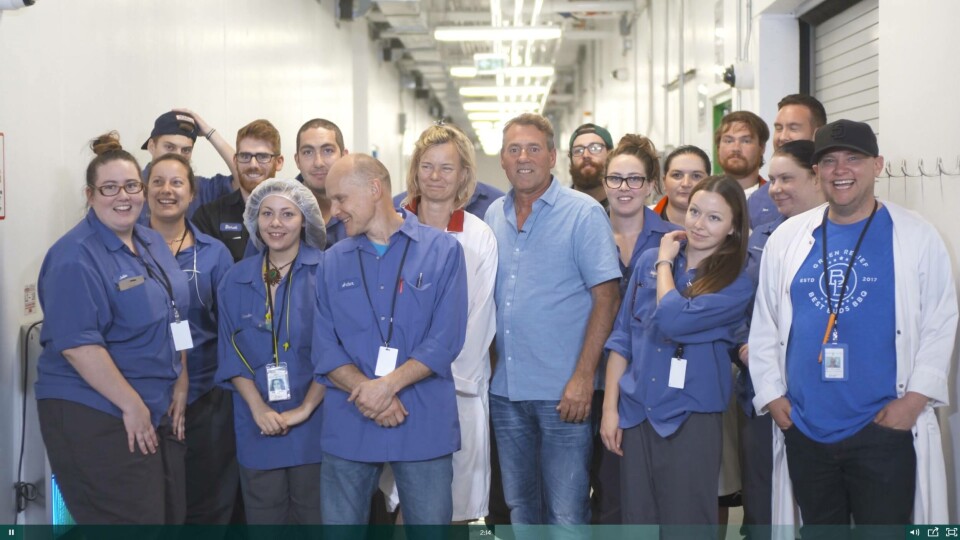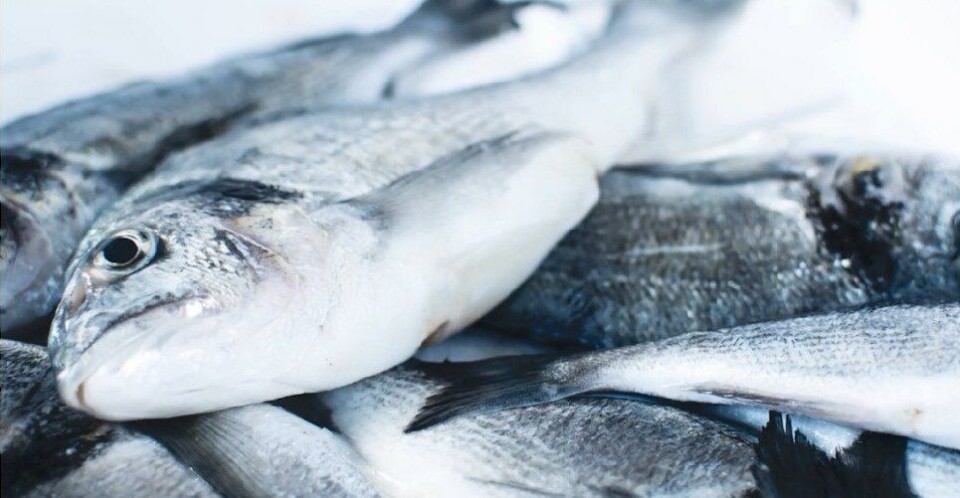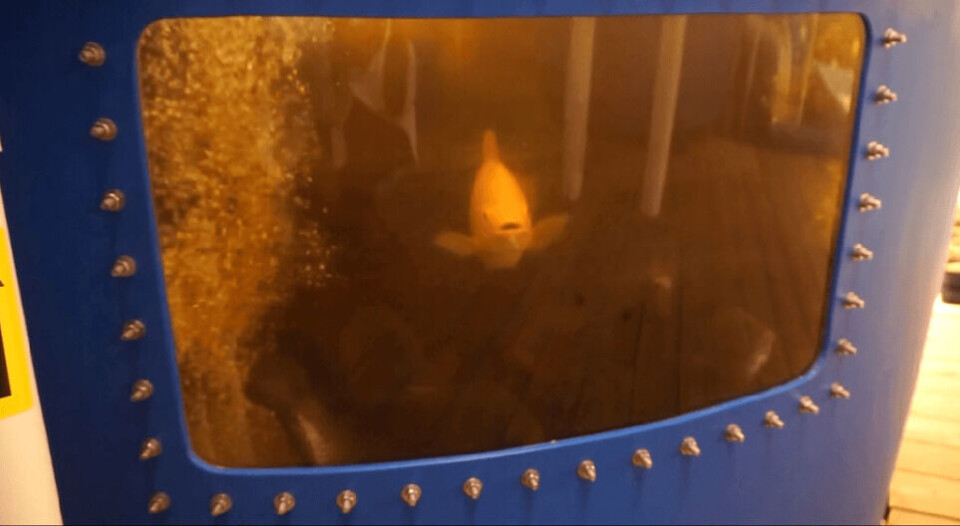
Fish farm helps feed Canada’s cannabis demand
Tilapia and cannabis may not appear to be an obvious match-up, but in Canada an aquaponics firm is using the nutrients from the warm-water fish to grow the drug for medical purposes.
Green Relief is the world’s largest licensed aquaponics cannabis facility, producing the drug at a facility in Hamilton, Ontario.
The company uses tilapia in a self-contained ecosystem to grow cannabis. Tilapia are of African origin and thrive in waters that are 68 to 82 degrees Fahrenheit (20-28°C), a temperature range also suited to the roots of cannabis.
Symbiosis
“The tilapia like warmer water and work well with the root temperature" of cannabis plants says Green Relief chief executive Warren Bravo. Green Relief matched the aquaculture to the root temperature of the cannabis plants which resulted in a balanced symbiotic relationship.
Green Relief’s Building 1 is 30,000 square feet and houses 6,000 tilapia at one time. The fast-growing fish are kept in 800-gallon tanks connected to the ponds in which the cannabis plants are grown via a series of pipes and chambers that process solid fish waste and deliver nutrient rich water. The water also contains anaerobic bacteria, microbes, nitrates, phosphorus and potassium which can all be found in natural ecosystems.
“The plants float in 18-20 inches of water on Styrofoam rafts," explains Bravo.
Eliminates chemical use
Roots grow into the water absorbing only the nutrients that they require. This eliminates the use of fertilisers and chemicals. Depending on the needs and the size of the plants they grow at different rates. "This is a natural and sustainable way of growing plants," says Bravo.
Every five weeks Green Relief harvests 600-700 lbs (270-317kg) of tilapia from Building 1. The fry are brought in a 0.5 grams and grown to 800-900 grams for harvest.

"All the fish are donated to a series of homeless shelters across the Greater Toronto area,” explains Bravo. Green Relief has provided 40,000 fresh tilapia meals with assistance from the Good Shepherd Society.
Green Relief is focusing on sustainability, social responsibility and research while it continues to expand.
A second building is currently under construction. The 240,000 sq ft facility will house 50,000 tilapia.
A third, 100,000 sq ft production facility will house a further 30,000 tilapia.

Prawns and barramundi
Bravo says that he will experiment with different types of fish such as fresh water prawns and barramundi from Australia in the future.
Green Relief is investing in scientific aspects of cannabis for medicinal use. Exploring cannabinoids through research and development is the current goal. Green Relief has refined a method for creating cannabis oils but currently does not plan to supply the larger scale recreational market.
The Canadian cannabis industry has an estimated value of $31 billion CAN.
By comparison, in 2017 the airline giant Air Canada valued its net worth at $16.252 billion CAN.
On October 17 this year Canada will legalise the use of cannabis and cannabis products for medical and recreational users alike.























































